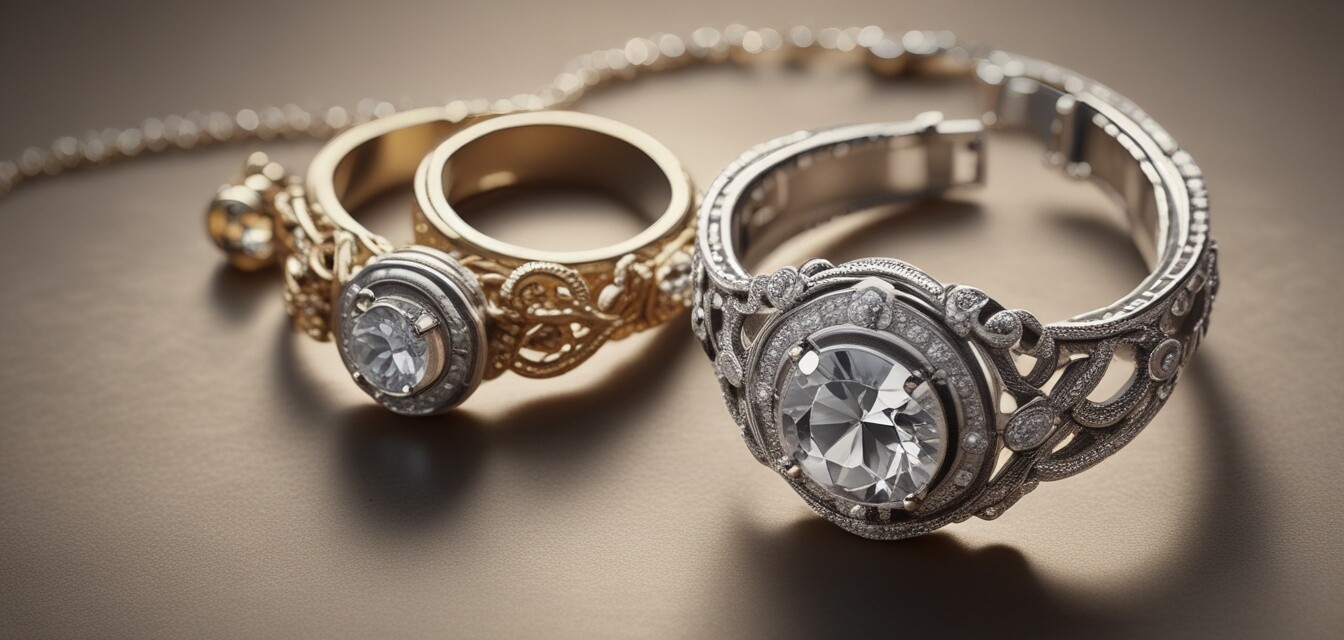
Secrets from Master Jewelers: Techniques to Know
- Master jewelers employ various techniques to create stunning jewelry pieces.
- Understanding the crafting process can enhance your appreciation of jewelry.
- Learning from professionals helps aspiring designers develop their own style.
- Jewelry maintenance techniques prolong the life and beauty of pieces.
- Engaging with the community of jewelers can provide support and inspiration.
Jewelry design is a blend of art and technique, resulting in pieces that carry both beauty and significance. In this article, we explore the insights and techniques shared by master jewelers. From intricate metalwork to gemstone selection, these artisans reveal their secrets, offering aspiring designers invaluable knowledge in creating exquisite jewelry.
Craftsmanship: The Heart of Jewelry Making
Craftsmanship is the foundation upon which the jewelry industry is built. Master jewelers possess a deep understanding of techniques that range from traditional craftsmanship to innovative modern methods.
Popular techniques used by master jewelers
| Technique | Description |
|---|---|
| Setting | Mounting stones into a piece using various techniques like prong, bezel, and pave settings. |
| Filigree | Delicate work involving twisting fine threads of gold or silver into intricate designs. |
| Engraving | Carving designs into metal surfaces for added texture and personalization. |
| Lost Wax Casting | A method of metal casting where a molten metal piece is poured into a mold created from a wax model. |
| Enameling | Applying glass-based materials to metal surfaces for color and artistic flair. |
These techniques showcase not only skill but also a unique approach to design. Engaging with various methods allows jewelers to personalize their work and make it distinct.
Tools of the Trade: Essential Equipment
To master jewelry-making techniques, having the right tools is crucial. Here’s a list of essential tools that every jeweler utilizes:
- Dremel Tool: For precision cutting and polishing.
- Jeweler's Saw: Used for intricate cutting of designs.
- Files: For smoothing rough edges and fine-tuning pieces.
- Pliers: Essential for shaping wire and holding components securely.
- Magnifying Lamp: Useful for detailed work.
The Importance of Gemstone Selection
Choosing the right gemstones significantly influences the aesthetic and value of a piece. Master jewelers are experts in evaluating stones based on the four Cs: cut, color, clarity, and carat weight. It's essential to select gemstones that align with both the design and the intended message of the jewelry piece.
Gemstone qualities to consider
| Quality | Description |
|---|---|
| Cut | Determines how well a gemstone reflects light and impacts its brilliance. |
| Color | Refers to the hue, tone, and saturation of the gemstone. |
| Clarity | Refers to the absence of inclusions or blemishes in a gemstone. |
| Carat Weight | Measures the weight of the gemstone; larger stones generally hold more value. |
Maintenance Tips for Fine Jewelry
To preserve the beauty of your jewelry, proper care is vital. Here are some expert maintenance tips from master jewelers:
- Store jewelry in a soft pouch or separate compartments to avoid scratching.
- Regularly clean pieces with recommended solutions to maintain sparkle.
- Avoid exposing jewelry to harsh chemicals or extreme temperatures.
- Have precious pieces professionally inspected and serviced annually.
- Wear jewelry carefully to prevent damage during daily activities.
Engaging with the Jewelry Community
Building relationships within the jewelry community fosters creativity and growth. Aspiring designers should consider joining workshops or attending trade shows. Networking with fellow jewelers can provide support, inspiration, and new perspectives on design.
Finding your niche
Engaging with experienced jewelry makers can help aspiring designers find their unique voice in the industry. Consider exploring various design styles, such as:
- Art Deco
- Modern Minimalism
- Vintage Revival
- Nature-Inspired Designs
Discovering which styles resonate with you can lead to a more fulfilling creative journey.
Beginners Section: Tips to Get Started
If you're just starting in jewelry design, here are some practical tips:
- Start with basic jewelry-making kits to understand the fundamentals.
- Practice regularly to develop your skills and build confidence.
- Seek feedback from experienced jewelers or mentors.
- Stay updated on trends through news articles and expert insights.
- Document your work to understand your growth as an artist.
Pros
- Mastering techniques opens creative avenues for unique designs.
- Engagement with the community fosters professional growth.
- Proven techniques can enhance the value and craftsmanship of jewelry.
Cons
- Learning advanced techniques may require time and practice.
- Quality tools can be a significant initial investment.
- Competition in the industry can be challenging for newcomers.
Conclusion
Master jewelers have a wealth of knowledge when it comes to jewelry-making. By learning from their techniques and engaging with the community, aspiring designers can develop their skills and create stunning pieces. Embrace the art of jewelry making—your journey into this elegant world awaits!